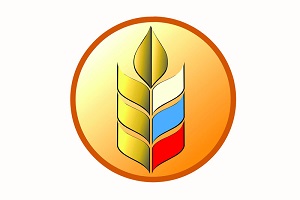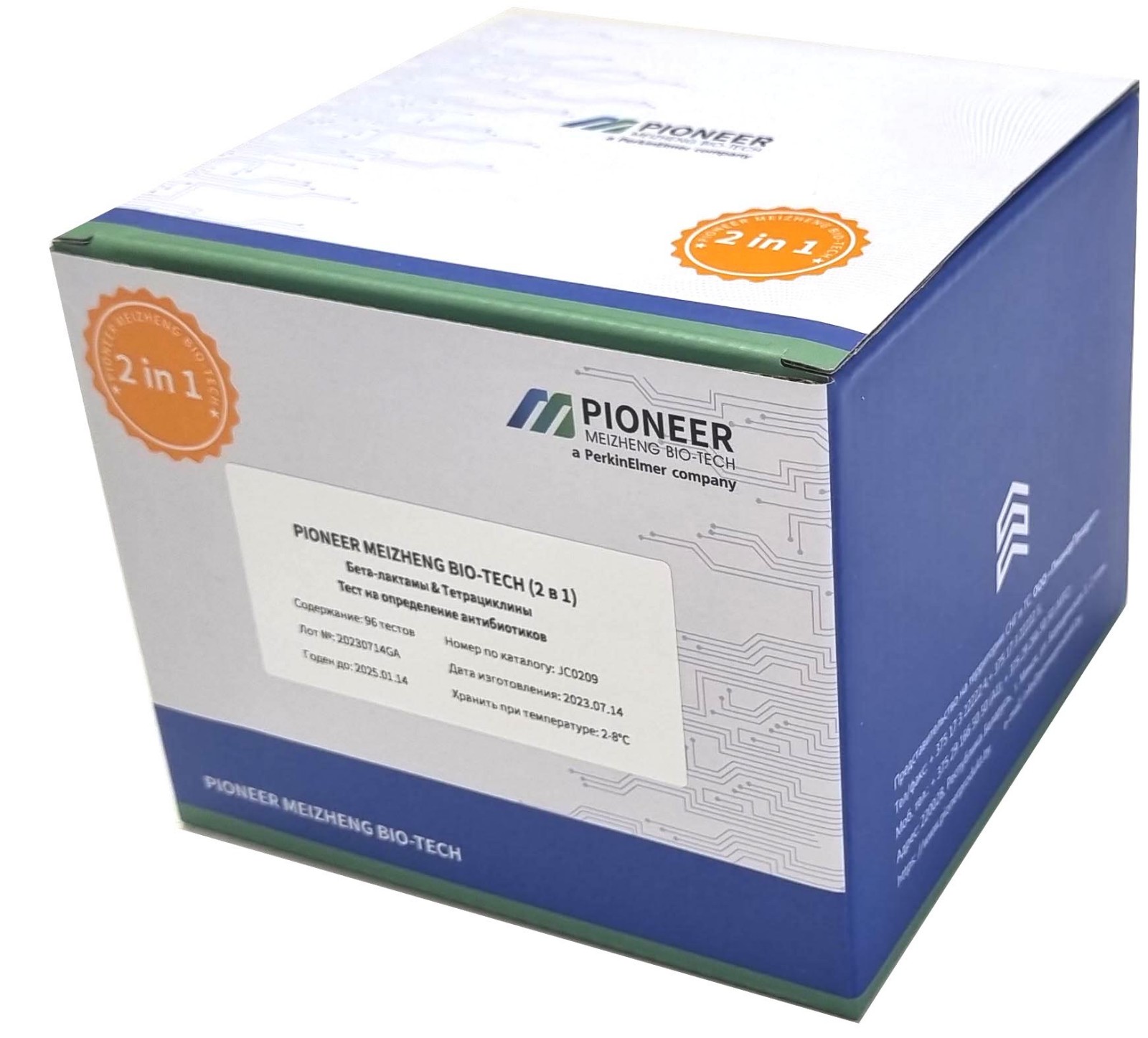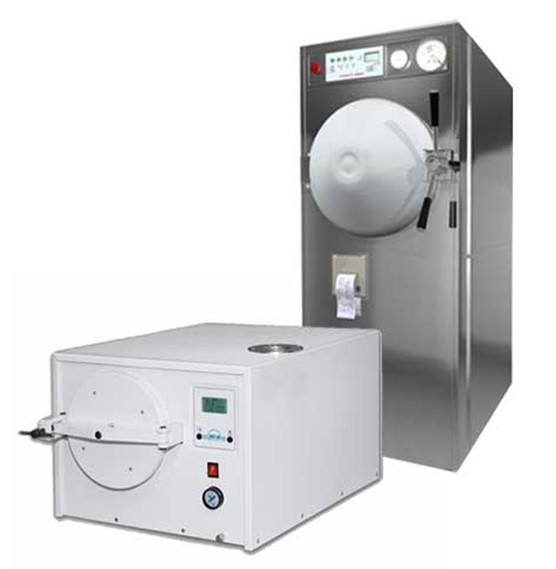What does the AI model predict for Russian poultry farming at a cost price of 55 rubles and a price of 30 rubles?

Why is this so compelling? The algorithm uses only what's readily available, but it sees connections that aren't obvious to the general public.
OPTION 1: STRICTLY BY THE NUMBERS
"Analytical Forecast: Survival Horizons for Russian Poultry Farms with a Selling Price Below Cost"
Editorial Review Based on Industry Data
Key Imbalance:
- Cost: 55 rubles/dozen (feed 70%, logistics 15%, energy 10%, other 5%).
- Selling Price: 30 rubles/dozen (dictated by retail).
- Loss per dozen: 25 rubles.
Factors Determining Survival Time:
Without government support
With partial subsidies (10-15 ₽/dozen) With the reform of contracts with retail Small farms (<50 thousand chickens) 3-6 months (bankruptcy due to lack of reserves) 6-9 months (normalization is impossible) Up to 1 year (if the price is fixed at 45-48 ₽) Medium factories (50-200 thousand chickens) 6-12 months (reduction in livestock by 40%) 12-18 months (stagnation) 2-3 years (upon transition to direct sales) Vertical holdings (>500 thousand chickens) 18-24 months (due to cross-subsidization) 3-4 years (with maintenance of capacity) 5+ years (diversification into processing)
Critical points:
1. In 4 months: The first wave of incubator shutdowns for 25% of small producers.
2. In 8 months: Egg shortages in regions with low production density (Far East, Siberian Federal District).
3. In 18 months: Retail prices rise to 80-90₽ even while producers continue to incur losses.
Assumption: Retail can maintain low purchase prices for up to 12 months until it faces a 30% supply reduction.
Editorial conclusion:
The maximum period for which the industry can survive under the current model is 24 months for large players. Without pricing adjustments, egg production in RUSSIA will decline by 40% by 2027, making imports inevitable.
________________________________________
OPTION 2: WITH AN EMPHASIS ON SOCIAL CONSEQUENCES
"Countdown: When will Russians be left without local eggs?"
Editorial column with time frame analysis
The numbers are inexorable: if the purchase price remains at 30 rubles against the cost price of 55 rubles, the Russian poultry industry is moving towards the point of no return. It's not about profit, but about the physical ability to produce.
Collapse timeline:
1. 0-3 months:
- Factories use reserve feed and credit lines.
- Risk: Increase in debt burden to 200% of revenue.
2. 4-8 months:
- Reduction in livestock on small farms by 50%.
- Social effect: Increase in prices on private markets (+40% by December 2024 ).
3. 9-15 months:
- Shutdown of 1 in 3 medium-sized factories.
- Effect for the consumer: Appearance of "gray" supplies without veterinary control.
4. 16-24 months:
- Large holdings scale back investments .
- Result: Shortages in stores (+ imports from Belarus at 70-80₽/dozen).
Possible points of stabilization:
If by the third quarter of 2025 the Ministry of Agriculture introduces:
- Direct compensation for the difference in production costs (25₽/dozen) → prolonging the agony by 18 months.
- Strict production quotas → supply/demand balance by 2025.
Assumption: Networks may raise purchase prices to 40-42₽ by the end of 2025 if they face a drop in supply below 70% of the norm.
Editorial conclusion:
Without government intervention, the industry will survive no more than 15 months. The first supply disruptions will begin as early as the winter of 2025/2026, and by 2027, the share of imported eggs could reach 25%. This is not a question of economics, but of food sovereignty.
________________________________________
Key points in all scenarios
: - The timeframe depends on the producer category: small (3-12 months), medium (1-2 years), large (2-4 years).
- The point of no return is a 30% reduction in supply, after which the imbalance becomes irreversible.
- Retail will presumably ease the pressure only if there is a threat of a shortage.
Read together with it:
- С января по июль экспорт свинины из ЕС вырос на 1,6%На втором месте оказались Нидерланды с объёмом экспорта в 392 000 тонн. Дания экспортировала свинину в третьи страны с объёмом в 308 000 тонн, что примерно на 13% меньше, чем в предыдущем году. Германия экспортировала 180 000 тонн, что на 18% меньше, чем годом ранее. Это было обусловлено, главным образом, дополнительными ограничениями на экспорт, вызванными вспышкой ящура в начале года. Помимо зап...
- В Кремле пообещали ответ на санкции сообразно интересам РоссииДмитрий Песков В Кремле начали анализировать введенные санкции для разработки ответных мер, заявил пресс-секретарь президента России Дмитрий Песков, передает корреспондент РБК. «В настоящий момент анализируются те санкции, которые определены. Будем делать то, что наилучшим образом соответствует нашим интересам», — сообщил Песков, отвечая на вопрос об ответных мерах России. 19-й пакет санкции Еврос...
- Zakharova promised "tough steps" in response to the 19th EU sanctions package.Maria Zakharova RUSSIA will respond harshly to the latest round of EU sanctions, Russian Foreign Ministry spokesperson Maria Zakharova stated on TELEGRAM . The EU previously adopted the 19th package of anti-Russian sanctions, which included a ban on the import of Russian LNG, new restrictions on oil companies, ships, banks, and the EXPORT of certain goods, as well as restrictions on the movement o...
- Чего ожидать от «одной из самых рискованных» поездок ТрампаДональд Трамп начал турне по Азии, в ходе которого встретится с лидерами ключевых стран, включая Си Цзиньпина. Почему эта поездка может оказаться сложнее, чем недавние визиты в Европу и на Ближний Восток — в статье РБК Дональд Трамп Какие встречи запланированы в ходе турне Президент США Дональд Трамп вылетел из Вашингтона поздним вечером в пятницу, 24 октября, и утром в субботу его борт приземлитс...
- Производство молока, инвестиции. Какие точки роста на пятилетку видит руководство Витебской области24 октября, Витебск. Инвестиции, модернизация в АПК, развитие молочного производства, туризм - на что будут делать ставку в социально-экономическом развитии Витебской области в предстоящей пятилетке, чтобы наверстать отставания от других регионов, на совещании с участием Президента Беларуси Александра Лукашенко рассказал председатель облисполкома Александр Субботин, передает корреспондент БЕЛТА. А...
- С начала года Московская область увеличила экспорт свинины на 35% в стоимостном выраженииМосковская область продолжает укреплять позиции одного из ведущих экспортеров продукции агропромышленного комплекса в России. По итогам 9 месяцев с начала года регион нарастил экспорт свинины на 35% по стоимости. В натуральном выражении объем поставок составил 85 тысяч тонн, что на 17% больше, чем за аналогичный период прошлого года. В Министерстве сельского хозяйства и продовольствия Московской о...
- В Татарстане за 9 месяцев 2025 года произведено 314 тыс. тонн мяса скота и птицы, надоено 1 млн 405 тыс. тонн молокаВ Республике Татарстан на сегодня выкопано 42 тыс. га площадей сахарной свеклы, это 79% от плана. Накопано свыше 2 млн. тонн корнеплодов со средней урожайностью 490 ц/га. Сахарными заводами заготовлено 667 тыс. тонн, переработано 593 тыс. тонн сырья, выработано 82 тыс. тонн сахара. Такие данные привел заместитель Премьер-министра РТ – министр сельского хозяйства и продовольствия РТ Марат Зяббаров ...



























































